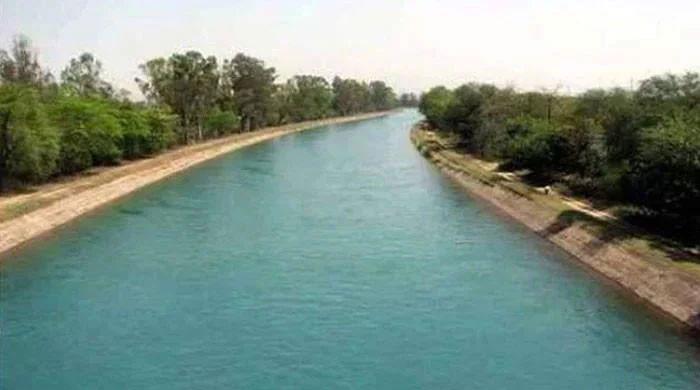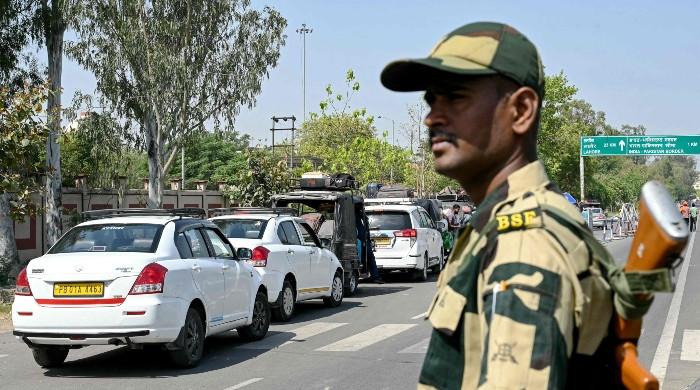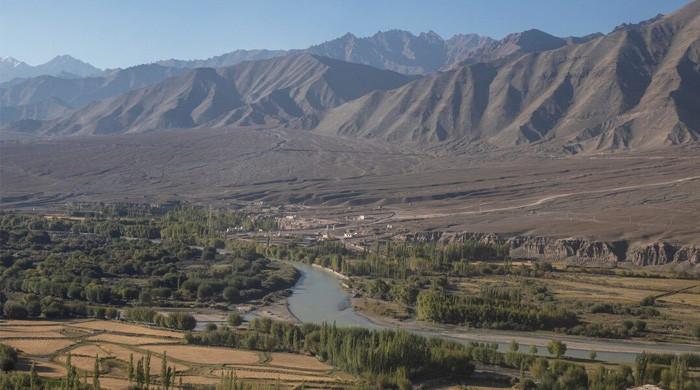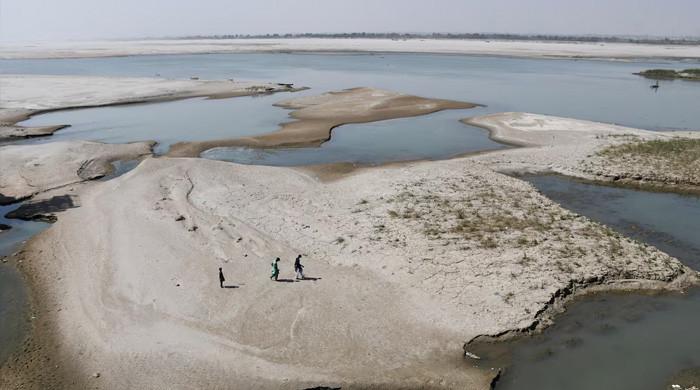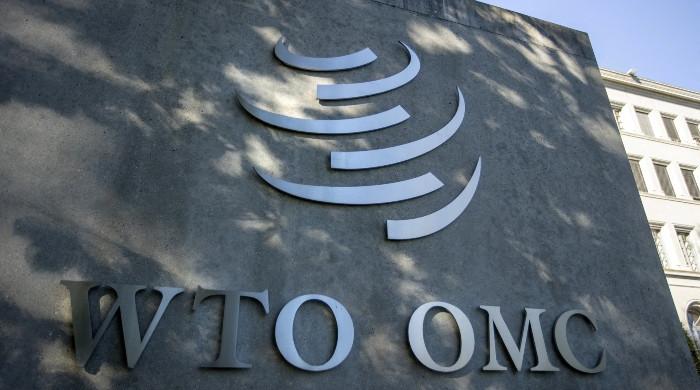Power sector on the brink
Urgent structural reforms needed in light of high operational costs, staggering losses, and liquidity constraints
February 25, 2025
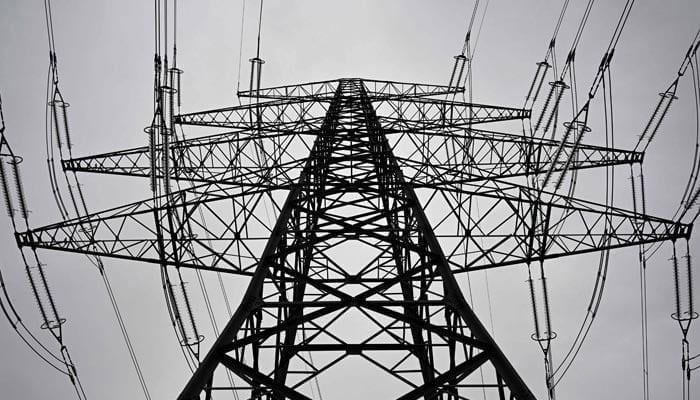
Pakistan's state-owned power companies are trapped in a cycle of mounting debt, persistent inefficiencies and constant government bailouts, with no signs of relief. The sector faces high operational costs, staggering losses, and liquidity constraints, underscoring the urgent need for structural reforms.
According to the Annual Report of SOEs, the balance sheet of Pakistan's power SOEs presents a troubling picture. In FY24, total assets grew by 5% compared to FY23, reaching Rs7,999 billion, primarily due to a 12% increase in non-current assets.
However, liabilities grew even faster, rising by 6% to Rs8,914 billion. The most alarming figure is the sector’s negative equity, which worsened by 13% to Rs914,879 million, signalling a deteriorating financial position.
Despite increasing debt and liabilities, the sector’s financial leverage remains dangerously high. Although the debt-to-equity ratio showed a slight improvement, it still stands at an unsustainable 974%, raising concerns about the power sector's solvency. This high level of indebtedness not only limits financial flexibility but also raises borrowing costs, further exacerbating the burden of interest payments, which surged by 21% this year.
Despite these financial challenges, there have been some improvements in fiscal contributions and financial flows. Total tax payments to the government increased by 22%, contributing Rs44 billion, indicating better revenue collection from the power sector. Additionally, net financial flow to the government improved by 55%, reducing the overall fiscal burden. However, these gains are overshadowed by a growing debt burden, as interest payments rose by 21% and loans disbursed skyrocketed by 406%, reflecting continued reliance on borrowing to sustain operations.
The government's fiscal consolidation efforts are evident in the 18% reduction in subsidies and a sharp 67% decline in equity injections, signalling a shift towards financial discipline and reduced state intervention. While these measures show some progress, fundamental financial vulnerabilities remain — high debt levels, rising borrowing costs and persistent operational inefficiencies continue to threaten the sector’s long-term sustainability.
Without structural reforms, these fiscal adjustments may prove insufficient to break the cycle of financial distress.
Although net revenue grew impressively by 18%, reaching Rs4,053 billion, profitability remains elusive. The sector’s gross profit rose by 24%, reflecting some improvement in cost management.
However, the operating loss, although reduced by 53%, still stood at Rs37,508 million, showing the ongoing challenge of converting revenue growth into sustainable profitability. The net loss, while improving by 17%, was still a substantial Rs223,838 million.
Key financial indicators further underscore this distress — return on assets (-2.8%) and return on equity (-24.5%) remain deeply negative, highlighting inefficiencies in utilising resources to generate value. The core issue lies in high costs from inefficiencies such as technical losses, power theft, and an inability to fully recover billed amounts. These structural weaknesses continue to drag the sector into deeper financial turmoil, despite marginal improvements in operational efficiencies.
The power SOEs are also grappling with severe liquidity constraints, as reflected in the continued deterioration of their current ratio, which fell to 0.63. This indicates that current liabilities significantly exceed current assets, making it increasingly difficult for these enterprises to meet short-term obligations. The net working capital shortfall widened by 26% to Rs2,035,237 million, highlighting the escalating cash flow crisis.
The power sector faces constant default risks, heavily relying on government support and expensive short-term borrowing to sustain operations. Although state intervention is common in the power sector, the extent of financial mismanagement demands urgent corrective measures.
Financial performance varies significantly among power SOEs. National Power Parks Management recorded a profit of Rs76,815 million, while distribution companies like Quetta Electric Supply Company Limited and Peshawar Electric Supply Company Limited posted massive losses of Rs120,452 million and Rs88,723 million, respectively. Even the Lahore Electric Supply Company, despite generating the highest revenue of Rs657,171 million, reported a loss of Rs34,595 million, highlighting severe inefficiencies in cost management and revenue collection.
In contrast, the transmission sector, led by the National Transmission and Despatch Company, showed relative stability with a profit of Rs8,049 million, indicating that inefficiencies are more concentrated in distribution.
Historically, government subsidies, equity injections, and sovereign guarantees kept power SOEs afloat. However, fiscal constraints led to an 18% decline in subsidies and a 67% drop in equity injections in FY24. Despite increased borrowing, outstanding guarantees decreased by 14%, reflecting a cautious approach. To ensure long-term sustainability, structural reforms are needed to address inefficiencies, high debt and operational challenges.
Reforms are imperative to ensure the financial viability of Pakistan’s power SOEs. In this context:
First, addressing the liquidity crisis of power SOEs requires immediate financial restructuring. The current ratio's decline to 0.63 and the net working capital shortfall of Rs2,035,237 million indicate an urgent need for improved cash flow management.
This can be achieved through short-term liquidity enhancement measures, such as asset monetisation, the introduction of revolving credit facilities and restructuring short-term liabilities into longer-term instruments to ease repayment pressures. Targeted government interventions should also be limited to bridging critical cash flow gaps rather than blanket bailouts.
Second, the massive debt burden and unsustainable financial leverage, with a debt-to-equity ratio at an alarming 974%, necessitate comprehensive debt restructuring. High-cost power purchase agreements (PPAs) must be renegotiated to align with current economic realities, while innovative financial instruments, such as debt-for-equity swaps and refinancing agreements, should be explored.
However, PPA renegotiations must respect contract sanctity, as contract enforcement is crucial for maintaining an efficient investment climate. Performance-linked financial incentives should be introduced to encourage power SOEs to achieve operational efficiencies and gradually reduce their dependence on borrowing. The government should also engage in discussions with multilateral financial institutions to design a structured debt relief framework.
Third, revenue leakages due to inefficiencies, technical losses and power theft must be curbed through governance reforms and technological interventions. Implementing smart metering and automated billing systems will enhance revenue collection efficiency, reducing the need for short-term borrowing.
Strict enforcement mechanisms, including targeted inspections and legal measures, should be adopted to deter electricity theft. A transition to performance-based regulation, where financial incentives and penalties are tied to collection efficiency, would push power SOEs to improve their financial discipline.
Fourth, privatisation and competition in the power sector must be accelerated to bring in private capital and managerial efficiency. Privatising distribution companies (Discos) and introducing a competitive market structure for power generation and supply would reduce inefficiencies and improve cost management.
Allowing private-sector participation in power distribution, particularly in high-loss areas, could enhance billing efficiency and improve overall financial health. While full-scale privatisation may take time, partial divestment and public-private partnerships (PPPs) can serve as interim steps to infuse financial stability into the sector.
Fifth, tariff rationalisation is critical to achieving financial sustainability without overburdening consumers. Cost-reflective tariffs should be introduced to ensure the sector recovers its operating costs, while a well-structured subsidy mechanism must be developed to protect vulnerable consumers. The government should transition from blanket electricity subsidies to direct cash transfers via the BISP framework, ensuring that support reaches only those in genuine need. This shift would reduce the fiscal burden of subsidies while making tariffs more reflective of actual costs.
Lastly, long-term sustainability requires a policy shift towards retiring fossil fuels, particularly coal, through financial mechanisms like JETPs, ETMs, and CCCI and increasing renewable energy investments and sector coupling initiatives to reduce reliance on expensive fossil-fuel-based generation. The adoption of power-to-gas (PtG) technologies for hydrogen production during wind curtailment periods, the integration of distributed energy resources like rooftop solar, and the expansion of energy storage solutions would help diversify the energy mix while reducing capacity payments.
Encouraging investments in localised renewable projects through financial incentives, green bonds, and concessional financing would lower long-term generation costs and reduce the sector’s fiscal dependency.
Pakistan's power sector SOEs are at a critical juncture. The current financial trajectory is unsustainable, and without serious reforms, the sector will continue to drain national resources. The government’s gradual withdrawal of subsidies and equity injections signals a push towards financial discipline, but unless this is matched with operational efficiencies and a clear restructuring strategy, the power sector’s problems will only worsen.
The way forward requires bold decisions – privatisation, competition, regulatory improvements and enhanced financial discipline. Only through structural transformation can the power sector evolve into a financially sustainable entity capable of meeting the country’s growing energy demands without relying on perpetual state bailouts.
Disclaimer: The viewpoints expressed in this piece are the writer's own and don't necessarily reflect Geo.tv's editorial policy.
The writer has a doctorate in energy economics and serves as a research fellow in the Sustainable Development Policy Institute (SDPI). He can be reached at X@Khalidwalee; Email — [email protected]
Originally published in The News




